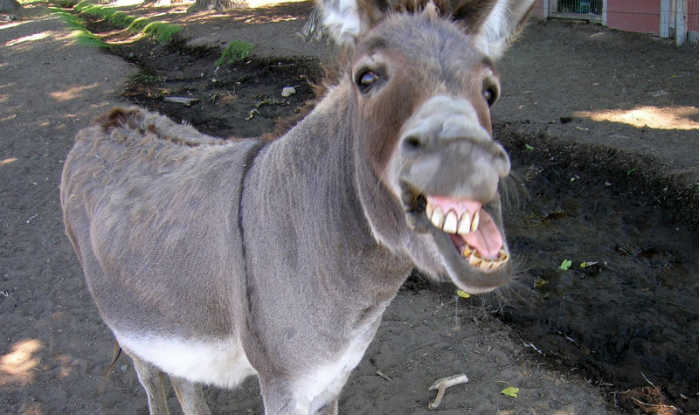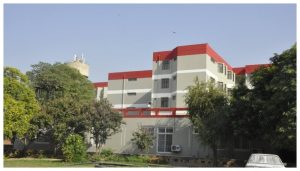The population of donkeys in Pakistan has surged to 5.9 million during the fiscal year 2023-24, continuing a trend of consistent growth over recent years.
This data was disclosed in the Pakistan Economic Survey (PES) 2023-24 released on Tuesday. According to the survey, the number of donkeys has steadily increased from 5.5 million in 2019-2020 to 5.6 million in 2020-21, 5.7 million in 2021-22, and 5.8 million in 2022-23.
Finance Minister Muhammad Aurangzeb also presented data on other livestock populations. Cattle numbers have risen to 57.5 million, buffalo to 46.3 million, sheep to 32.7 million, and goats to 87 million. The population of horses and mules has remained constant at 0.4 million and 0.2 million, respectively, over the past five years. Meanwhile, the camel population, which had been stable for four years, increased slightly to 1.2 million from 1.1 million in the past fiscal year.
Livestock farming is a cornerstone of Pakistan’s rural economy, involving over 8 million rural families in production activities. According to the PES 2023-24, livestock accounts for 60.84% of the agricultural sector and 14.63% of the GDP, with a growth rate of 3.89% in 2023-24, up from 3.70% the previous year.
In the broader economic context, the livestock sector has reinforced its role as a key driver of agricultural growth, making up approximately 60.84% of agricultural value added and 14.63% of national GDP in FY2024. This sector is crucial for rural families, contributing significantly to their income, accounting for about 35% to 40% of their total earnings.
The gross value addition of the livestock sector increased to Rs 5,804 billion in 2023-24 from Rs 5,587 billion in 2022-23, reflecting a growth rate of 3.9%. Additionally, the sector contributes approximately 1.6% to the country’s total exports through net foreign exchange earnings.
Recognizing the sector’s potential for economic growth, food security, and poverty alleviation, the government has prioritized its development. The strategy for livestock development focuses on promoting private sector-led growth, with the public sector providing support through policy interventions.
To enhance productivity per animal, the government has implemented regulatory measures improving veterinary health coverage, husbandry practices, breeding techniques, assisted reproductive technologies (such as Embryo Transfer and In Vitro Fertilization), artificial insemination services, balanced animal nutrition, and control of livestock diseases like FMDE, PPR, LSD, and Avian Influenza.













